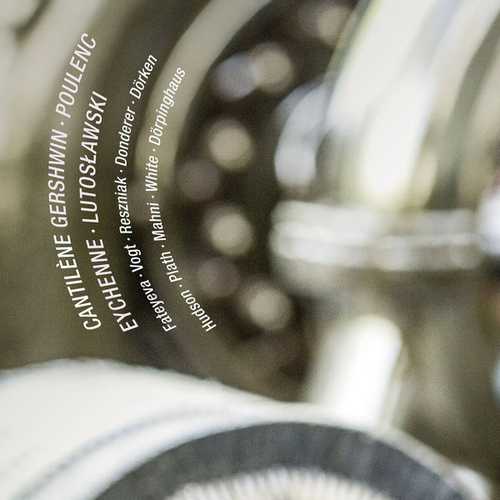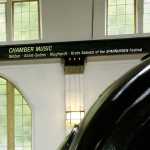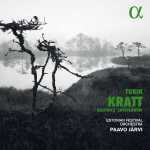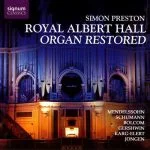

Composer: Marc Eychenne, George Gershwin, Witold Lutosławski, Francis Poulenc
Performer: Lars Vogt, Asya Fateyeva, Emily White, Peter Dörpinghaus, Sybille Mahni, Kiveli Dörken, Florian Donderer, Anna Reszniak, Theo Plath, Steven Hudson
Format: FLAC (tracks)
Label: Avi Music
Catalogue: AVI8553405
Release: 2018
Size: 568 MB
Recovery: +3%
Scan: yes
Gershwin: Preludes
01. I. Andante ben ritmato e deciso
02. II. Andante con moto e poco rubato
03. III. Allegro ben ritmato e deciso
Poulenc: Sonata for Horn, Trumpet & Trombone, Op. 33
04. I. Allegro moderato
05. II. Andante
06. III. Rondeau
Eychenne: Cantilene et Danse
07. I. Allegro moderato
08. II. Andante
Lutosławski: Partita for violin & piano
09. I. Allegro giusto
10. II. Ad libitum
11. III. Largo
12. IV. Ad Libitum
13. V. Presto
Poulenc: Trio for piano, oboe and bassoon
14. I. Presto
15. II. Andante
16. III. Rondo
This compilation is a fairly typical reflexion on the Programming of the SPANNUNGEN FESTIVAL. Most of the programme pieces are suggested by the musicians themselves, as they just wanted to play those pieces simply with their colleagues in a way of try and presenting unknown music of high calibre which is not played in the usual concert Programmes.
No, No, Gershwin didn’t write three preludes for saxophone and piano; he has admittedly written several preludes for piano (in the desire of writing twenty-four in the end, like Chopin or Rachmaninoff, but the project was never finished), among which three have been gathered in a collection. And of course, soon many arrangement for various instruments have flourished, like this one for saxophone and piano (whose author isn’t specified); you will note, with the piano partition at hand, that saxophonist Asya Fateyeva takes a lot of musical liberties, which only does justice to the music. However, Poulenc has well and truly written a Sonata for horn, trumpet and trombone in 1923, one example of the most facetious Poulenc, the most “bad boyish”; as well as in 1926, a Trio oboe, bassoon and piano, somewhat borrowing to Stravinsky.
Marc Eychenne, a French composer born in 1933 in a then French Algeria, doesn’t hesitate to incorporate elements of folkloric essence—maybe imaginary?—in his Cantilene and dance for violin, saxophone and piano from 1961, deliberately written in a neo-classical way: it’s a rare composer that is worth discovering. Lutoslawski doesn’t need any introduction. His Partita for violin and piano from 1984 closely fits the neo-Baroque format of the rest, but none of the language; this is an incredibly original partition. All those works have been recorded live during the Chamber music festival directed by Lars Vogt that took place in June 2017 in the very singular hydroelectric plant of Heimach in Germany, now a summit of culture even if the turbines are still working. It must be said that the building from 1905 has been built in the purest Jugendstil—the German Art Nouveau—, including the machinery whose beauty is surreal.



